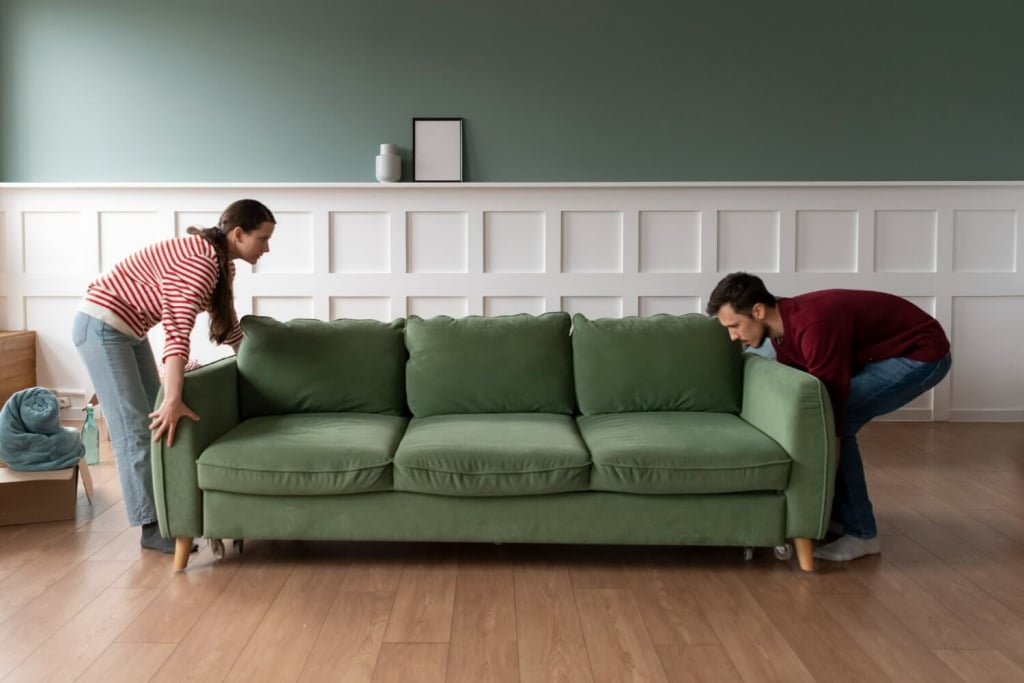
Image source: https://www.freepik.com/premium-photo/young-couple-moving-into-new-home_20823394.htm#from_element=cross_selling__photo
Interior design is far more than making your home look pretty. But it’s also about creating a space that feels welcoming, functional, and reflective of your personality.
There may be different opinions about a home’s interior design, but a well-designed home doesn’t just impress visitors; it enhances your daily life, uplifts your mood, and makes each room more practical and enjoyable to live in. Yet, even with countless design inspirations online, many homeowners still fall into common interior design mistakes that can make their space feel cluttered, awkward, or less comfortable than intended.
Your Guide to Avoiding Common Interior Design Mistakes
To help you create a beautiful home that suits your lifestyle, let’s go through the common interior design mistakes to avoid, what causes them, and how to steer clear of them with smart planning and design sense:
1. Ignoring the Floor Plan
One of the biggest interior design mistakes homeowners make is diving straight into buying furniture pieces and décor without thinking about the floor plan.
A floor plan determines and draws the line on how furniture and people will move within the space, and ignoring it can make even a large room feel cramped or awkward.
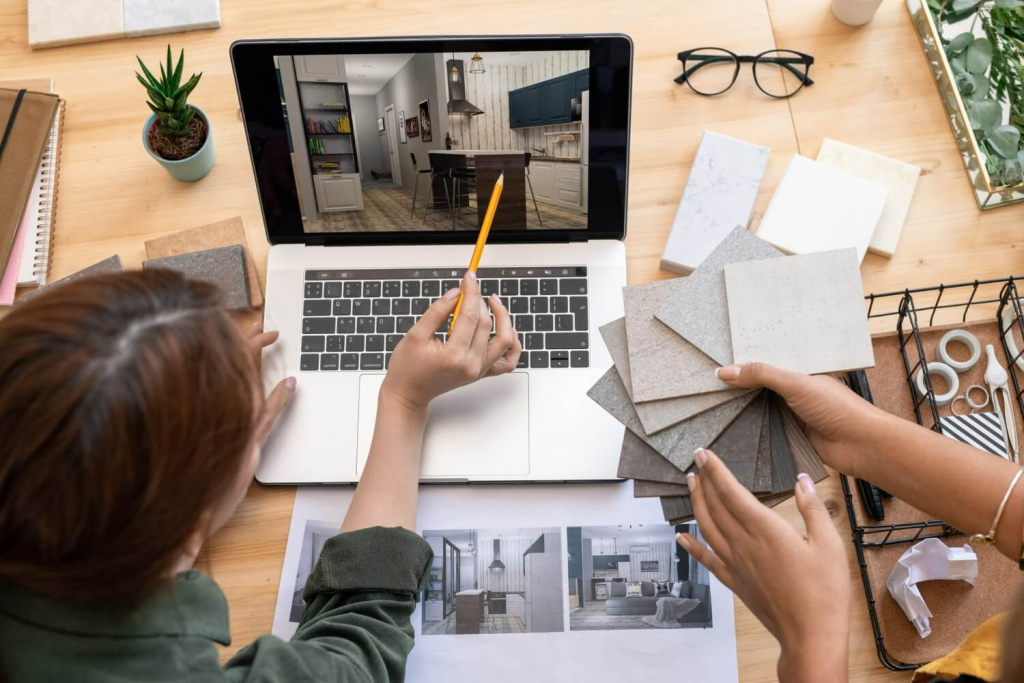
How to avoid it:
Before purchasing anything, plan the layout of your home. Measure your floor, note the doors, windows, and fixed elements like bathrooms or built-in storage.
Then, sketch or use a digital app to visualize how furniture fits into your floor plan. Interior designers recommend leaving clear walking paths and considering proportion. Your couch, coffee table, and rug should relate to each other in size, not overwhelm the room.
Laying out the right furniture with the right proportions for your room this way can help you avoid buying the wrong items. It helps you maximize your interior design budget.
2. Choosing the Wrong Scale
The wrong scale is one of the most overlooked interior design mistakes. Oversized furniture in a limited space or tiny pieces in a large one throw off the balance of a room. For many homeowners in the Philippines with limited space, this can easily become one of the most common mistakes.
How to avoid it:
Always take measurements of a room before you shop. If your living room is compact, opt for low-profile sofa designs and smaller coffee tables that keep sightlines open.
For bigger spaces, go bold with larger furniture and art. The goal is to make the space feel spacious but functional, not empty or cluttered.
3. Poor Lighting Choices
Lighting can make or break a design. Artificial lighting that’s too harsh or too dim can ruin the atmosphere of even the most beautifully decorated home.
How to avoid it:
Layer your lighting. Mix ambient, accent, and task lighting to create depth. For example, use table lamps for reading, pendant lights over the dining table, and accent lighting to highlight artwork or wall-mounted frames.
Adjust color temperature to suit the mood. Use warm tones for cozy living areas and cooler tones for workspaces.
Plus, if your home has great windows, don’t forget about natural lighting. Let natural light flow in by keeping window treatments light and airy.
4. Neglecting a Focal Point
Every room or space needs a focal point. A focal point is something that draws the eye and gives the design structure. Without one, the room can seem disjointed or bland.
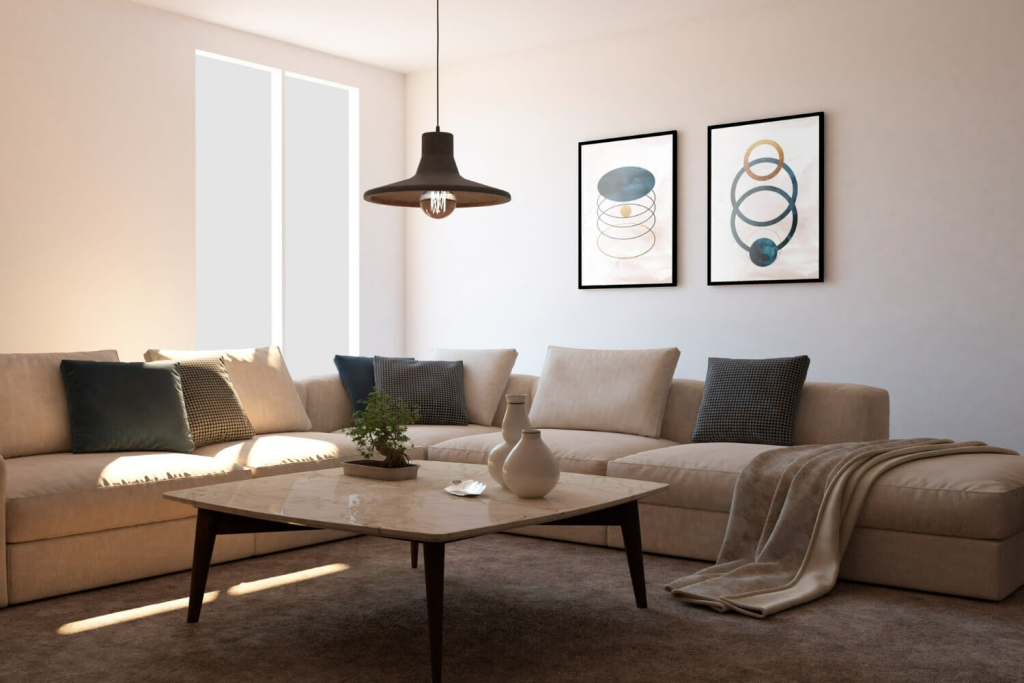
How to avoid it:
Pick one element that commands attention, like a sofa, artwork, or a center table, and arrange other pieces around it. In small living rooms, a statement rug or bold wall color can create a visual anchor.
Similarly, fixtures like a vibrantly colored front door or a textured wall can also work as points of focus in any room.
5. Using the Wrong Paint Colors
Paint is often the quickest way to refresh a space, but picking the wrong shade can make the space feel cramped or throw off a room’s cohesive style.
How to avoid it:
Test several paint colors on your walls before committing.
Observe them in natural light and artificial lighting throughout the day to see how they shift. Pale, cool tones make small spaces feel larger, while dark, warm tones add coziness to expansive spaces.
6. Hanging Art Incorrectly
A surprisingly common mistake is hanging art too high—or not having any at all. For example, when art is placed too high on a wall, it loses its connection to the room and looks awkward.
How to avoid it:
Hang artwork at eye level, generally around 57–60 inches from the floor to the center of the piece. In real life, this means that when you sit on your sofa, the art should still feel part of the room rather than floating above it.
Similarly, don’t hang art or framed photos too low on the wall either.
7. Overdecorating and Making the Space Feel Cluttered
It’s easy to get carried away with décor, especially with so many design inspirations online. But overdoing it makes the space cluttered and overwhelming.
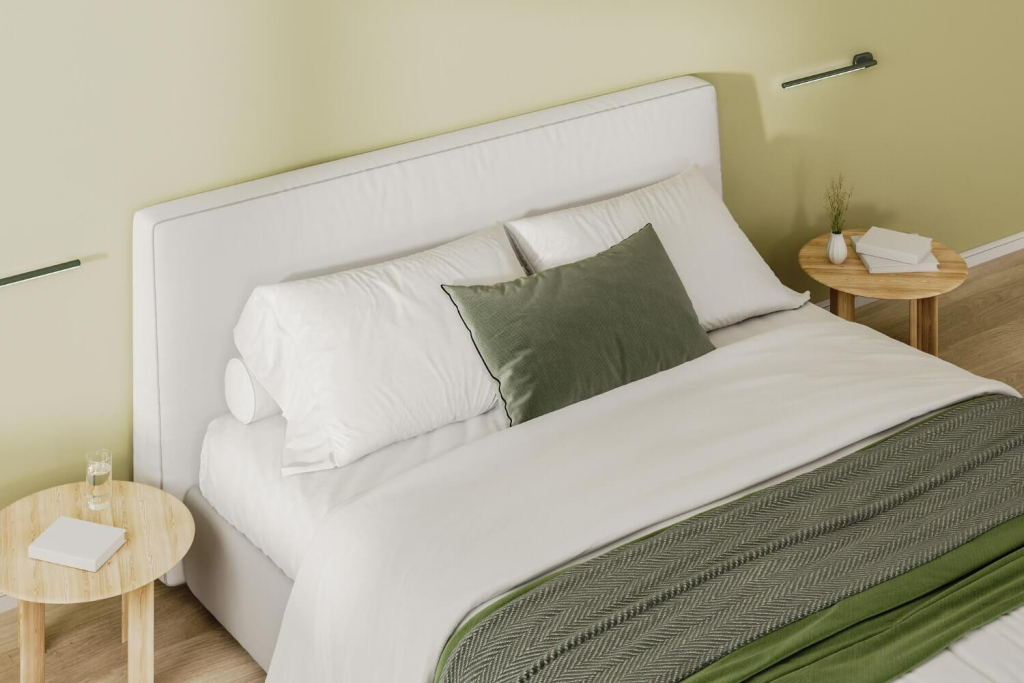
How to avoid it:
Less is more. Not only is it a good rule of thumb for interior designers, but it’s also a good thing to practice to stay within budget.
Keep your furniture to what you actually use, and display only certain things that are meaningful or are personal touches, like family photos or heirloom pieces.
Leave some surfaces clear too. Empty space is essential for balance and aesthetics in any room.
8. Forgetting Practicality
Another big mistake is choosing design over function. You might fall in love with a sleek sofa or a delicate side table, but if it’s uncomfortable or hard to clean, it won’t work in everyday life.
How to avoid it:
Interior designers always say that good design should look good and work well.
Choose furniture pieces that fit your lifestyle. Opt for easy-to-maintain fabrics for families, sturdy materials for high-traffic areas, and storage that helps keep clutter at bay.
9. Overlooking Lighting Layers in Small Spaces
A small room often struggles with inadequate lighting, which makes it feel smaller than it is. However, with the right interior design and lighting, small rooms can still feel comfortable.
How to avoid it:
In addition to overhead lights, add table lamps, wall sconces, or LED strips under shelves to brighten dark corners.
Place mirrors near windows to reflect natural light and visually expand the room. Avoid blocking windows with bulky furniture or heavy curtains.
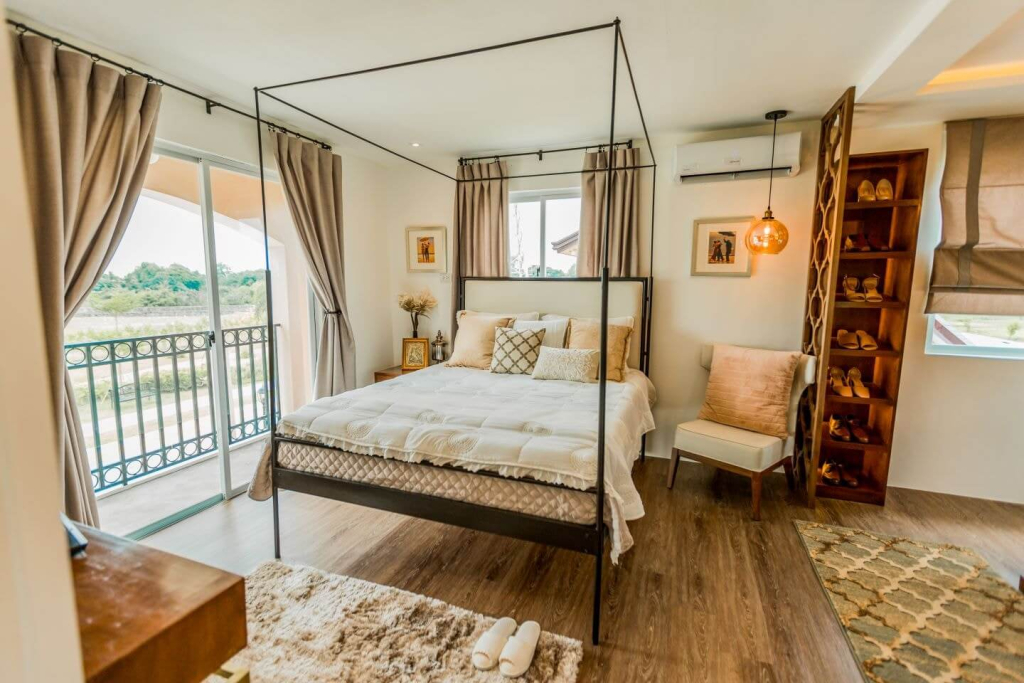
10. Leaving Out Personal Touches
Following trends blindly can make your own home look like a showroom instead of a reflection of your personality. This is an easy interior design mistake to make, especially when you’re looking at too many interior designers’ works online.
How to avoid it:
Blend your favorite style with personal touches that tell your story. For example, you can display souvenirs from travels, artwork from local design pros, or vintage finds. The reason people fall in love with homes isn’t because they look perfect, but because they feel like home.
11. Rushing the Process
Perhaps the most common of all mistakes to avoid is not giving yourself enough time.
In the excitement of moving in or redecorating, many homeowners buy everything at once, only to regret their choices later. This major mistake can create stress and may stretch your budget.
How to avoid it:
Take your time.
Start with key furniture pieces like your sofa, dining table, and bed, then layer in curtains, rug, and accessories over time. Great interior design evolves naturally. It’s a process that allows you to learn what truly works in your own home and your floor plan.

Bring it All Together in Your Beautiful Home in Camella
Every house has potential, but avoiding common interior design mistakes ensures it reaches its full beauty and function.
By paying attention to lighting, scale, proportion, and personal style, you can design a space that’s both practical and aesthetically pleasing. Remember, even interior designers agree that there’s no single formula for designing a house. There’s only just smart planning, creativity, and awareness of the mistakes to avoid.
If you’re looking for a place that already gets the fundamentals of design right, Camella is your best starting point.
With thoughtfully planned communities, functional home floor plans, and houses built to maximize natural light and space, Camella ensures you can move into a house that feels just right from day one.
Whether you love modern aesthetics or classic style, Camella’s homes are designed to help you express your personality while avoiding common design pitfalls.

Celebrate Life’s Milestones in Camella!
Make unforgettable memories in a Camella home.
Our communities are designed to elevate your living experience.

